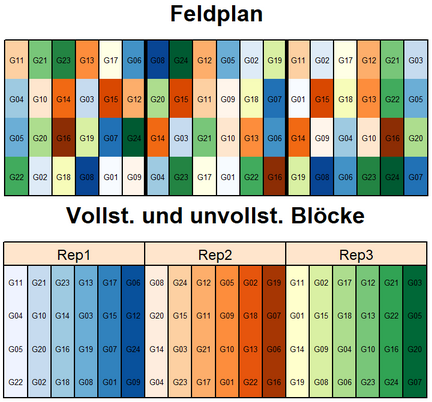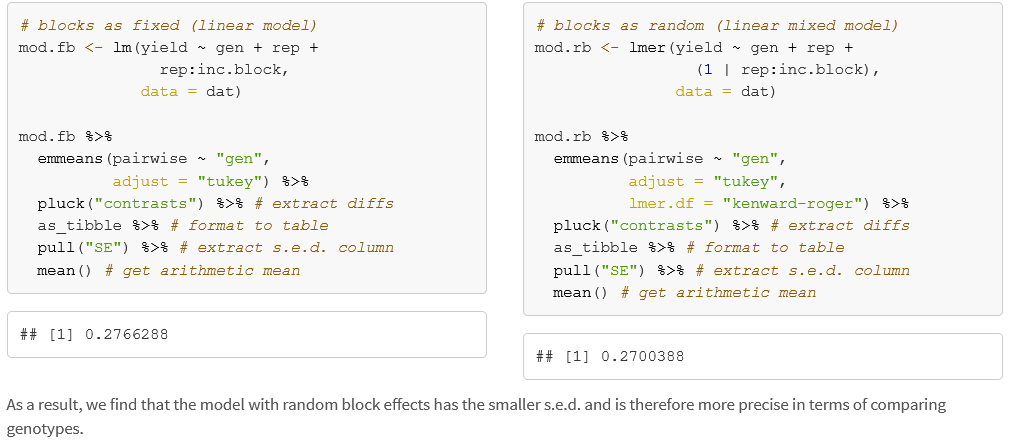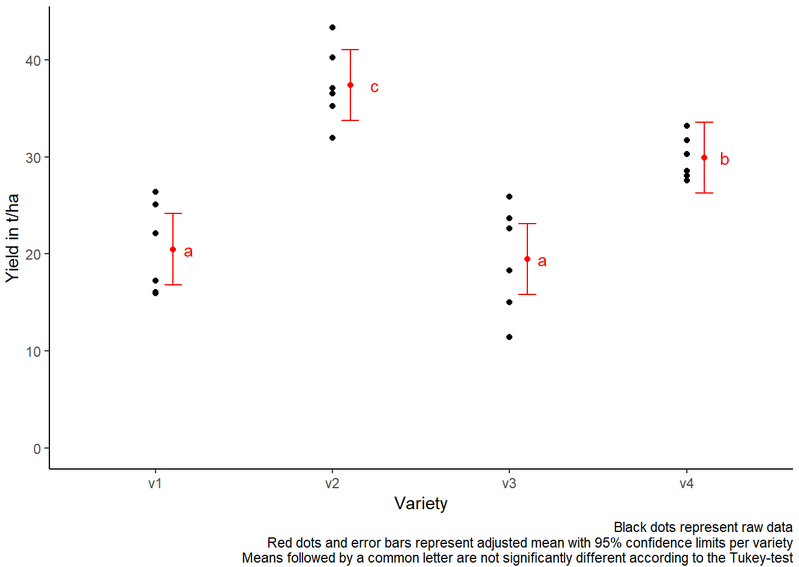From professional graphs to simple mixed models
This course is aimed at natural scientists who use R primarily for statistical data analyses, but also to process data in a comprehensible way (before the analysis) and to present it professionally (after the analysis). Accordingly, participants should have at least basic prior knowledge of using R (or e.g. SAS). The goal is to impart statistical knowledge in an intuitive and practicable way. The focus is mainly on practical application, so that the methods mentioned below and their underlying theory are explained with the help of illustrative examples. The examples used during the course are mainly from agricultural sciences or experimental biology/ecology. Contents of the course are:
Data processing:
- Use of {tidyverse} packages in R
- Alternative import and export functions instead of "read.table()"; packages: {readr}, {readxl}, {openxlsx}
- Efficient structuring of data sets and working folders
- Further best practice recommendations in various steps of the analysis
Statistics:
- Efficient creation of relevant descriptive statistics (or also: how to really only use Excel for data entry)
- Correlation and linear models (regression)
- Critical discussion on p-values and significance
- One-way analysis of variance (ANOVA)
- Checking model assumptions (normal distribution & variance homogeneity of residuals)
- Adjusted means and their comparisons via post-hoc tests; package: {emmeans}
- Mixed models; package: {lme4}
- Experimental designs
- completely randomized design (CRD)
- randomized complete block design (RCBD)
- Alpha-design
Data preparation:
- Professional creation of various graphs; packages: {ggplot2}, {desplot}
Basic statistical knowledge is an advantage. R and RStudio must be installed before the course starts.
Here are some tips for preparing for online courses. Scripts for all
my workshops are always available online (see here the links to the 3 GitHub pages
"CrashcouRse", "DSFAIR" and "MMFAIR") and are continuously improved and extended.


